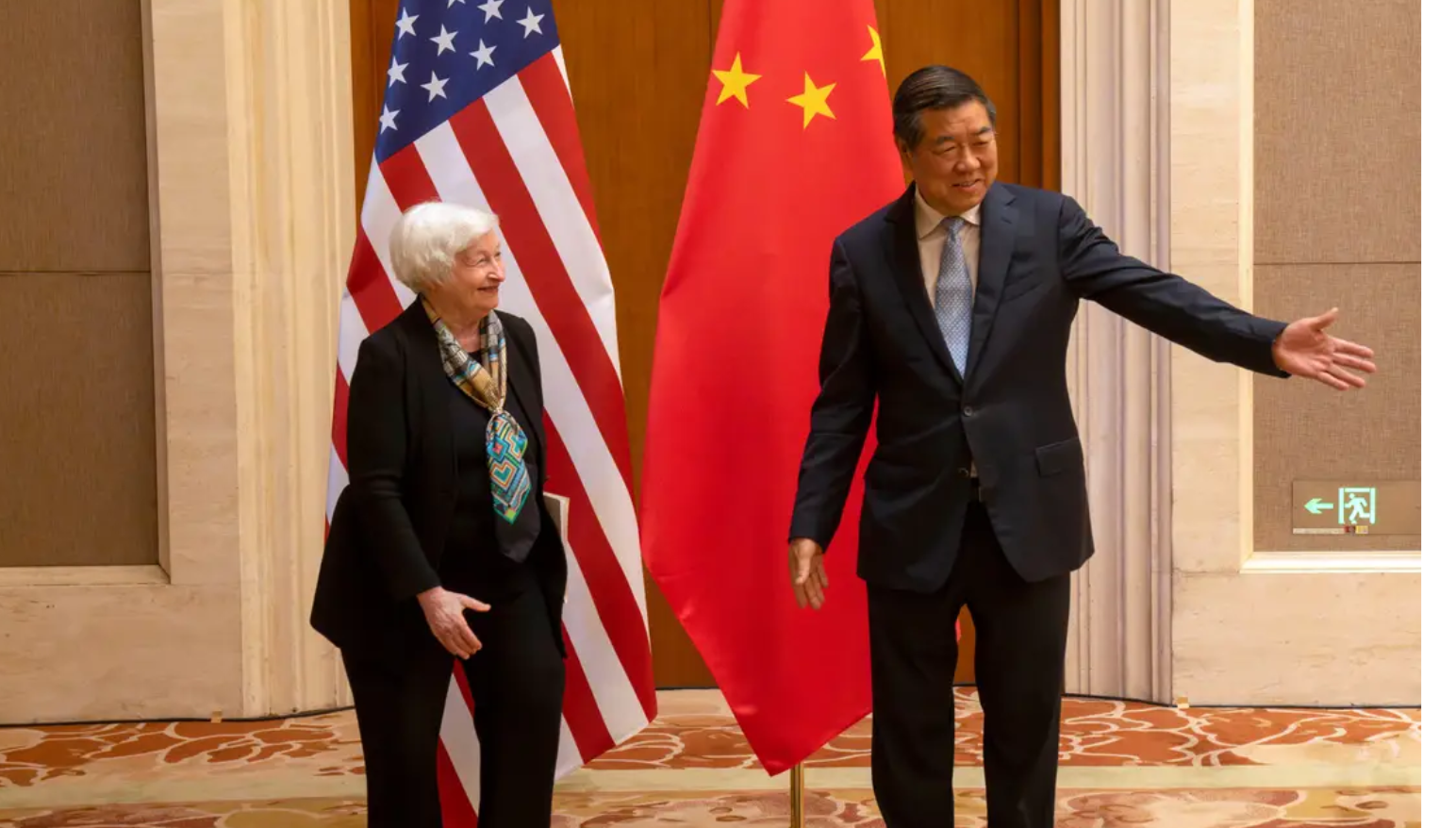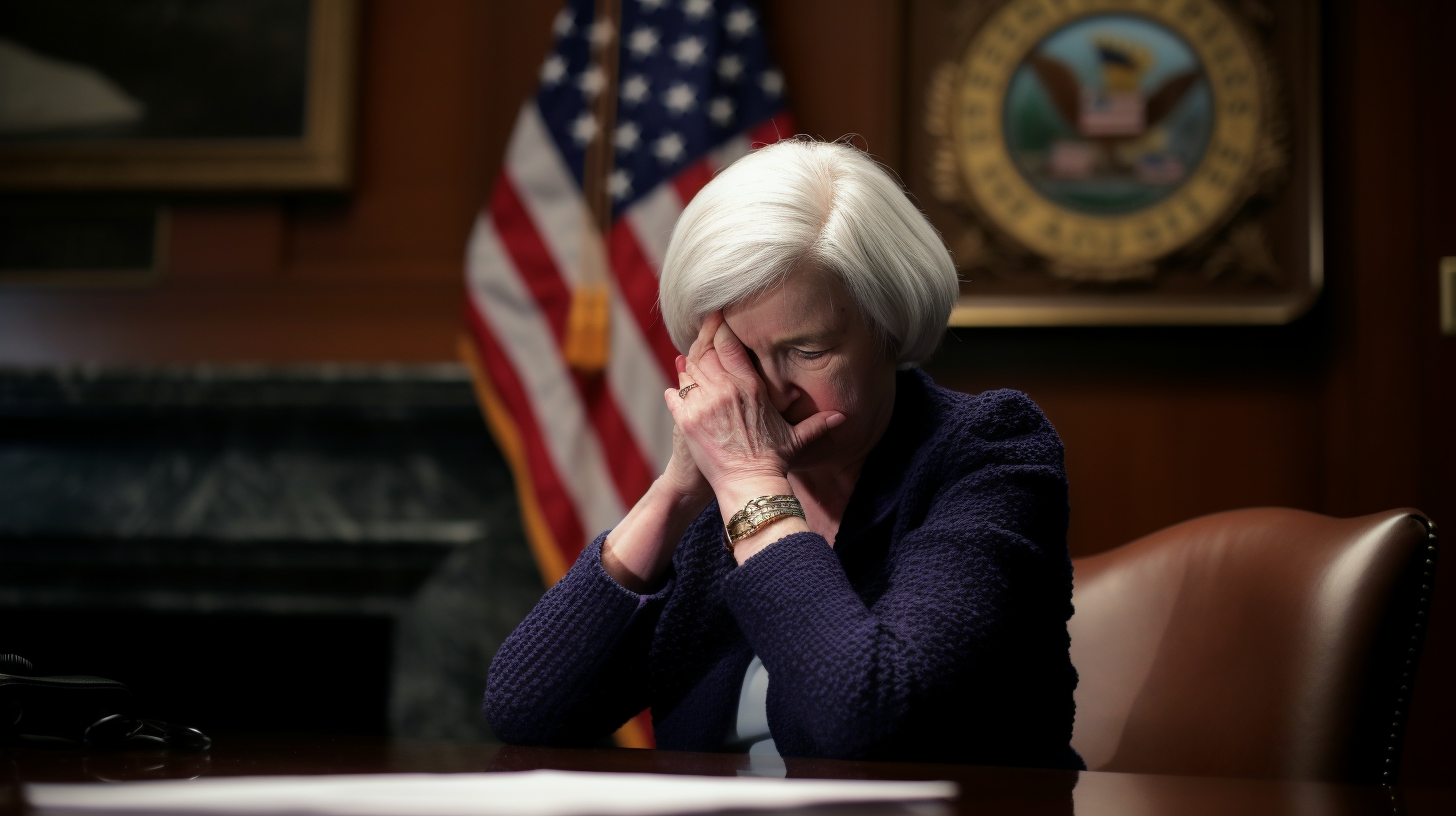For investors looking at hot housing sectors, Treasury Secretary Janet Yellen just aired some cold hard truths about the brutal landscape facing first-time homebuyers. In testimony before the House Ways and Means Committee, the former Federal Reserve chair minced no words in declaring it “almost impossible” for those trying to get that coveted first rung on the property ladder.
“With house prices having gone up and now with much higher interest and mortgage rates, it’s almost impossible for first-time buyers,” Yellen bluntly stated, citing the twin pains of home price appreciation and elevated financing costs.
Her candid assessment encapsulates the scorching environment scorching the dreams of millions of aspiring homeowners. After a pandemic-driven housing boom, the headwinds buffeting the entry-level market show no signs of abating:
Prices at Nosebleed Heights
According to Zillow data, a staggering 550 U.S. cities now have median home values topping the once-unthinkable $1 million mark. California accounts for nearly 40% of those cities, with the Los Angeles and San Francisco areas ground zero for pricing outliers.
Mortgage Rates Kryptonite
The days of locking in a 30-year mortgage under 3% now seem quaint relics. As the Fed jacked rates higher to tame inflation, average mortgage rates soared past 7% as of early 2024 – more than double pandemic-era levels. For cash-strapped first-timers, that translates into over $600 extra in monthly payments for a $400,000 loan.
Inventory Drought
Perhaps the biggest obstacle is critically low supply pipelines thanks to existing homeowners being financially “locked-in” to their low mortgage rates, as Yellen described it. They are disincentivized from listing and moving to avoid securing a new mortgage at higher rates – leading to a self-perpetuating cycle.
Rapacious Investor Competition
Even affordable starter homes in short supply are being ravenously consumed by investors. A Redfin report showed they purchased over 1 in 4 U.S. homes in Q4 2023 alone. With hedge funds and private equity firms devoting massive capital to residential real estate, it’s perhaps the biggest pricing pressure of all.
Yellen herself acknowledged the troubling dynamic, stating “We know that affordable housing and starter homes are an area where we really need to do a lot to increase availability.”
So what is being done to combat the brutal affordability crisis freezing out so many first-time buyers? The Biden administration has floated a novel twin tax credit concept:
- A $10,000 credit for first-time homebuyers could provide vital funds for larger down payments to offset higher rates.
- A separate $10,000 credit incentivizing existing owners to sell their “starter home” when upsizing could modestly relieve inventory shortages.
Some lawmakers are taking a more forceful approach – moving to punish corporate real estate investors gobbling up residential properties. Proposals include revoking depreciation and mortgage interest deductions, penalty taxes, and even mandates to divest rental home portfolios over time.
Whether such measures gain traction remains to be seen. But there’s no denying the current state of housing markets represents something close to a perfect storm for strivers trying to get in the game.
As an investor, the opportunities are evident amid the obstacles:
- A generational housing shortage should keep upward pressure on asset pricing
- Financing challenges and inventory scarcity create huge pent-up demand tailwinds for homebuilders
- Solutions like single-family rental operators may temporarily ease entry-level pressures
- And any public-private innovations that help reignite first-time buyer demand could be lucrative portfolio additions
Because for now – as Janet Yellen so starkly articulated – breaking into the housing market as a newcomer is indeed “almost impossible” based on today’s towering barriers. Sometimes the frank truth is the first step towards meaningful investment opportunities.


